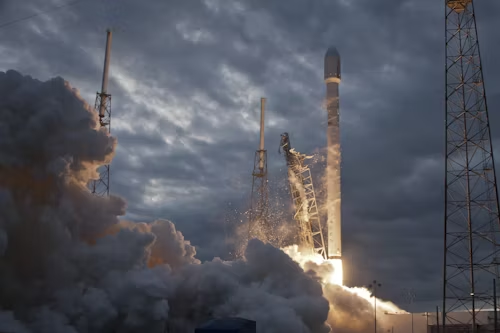Boeing is once again facing issues in space technology, as one of its communications satellites, Intelsat 33e, has disintegrated while in orbit. Initially reported by Jalopnik, the Boeing satellite experienced a major anomaly over the weekend, leading to its total failure.
On Saturday, Intelsat revealed that the Intelsat 33e had malfunctioned, and by Monday, the company confirmed the satellite’s “total loss.” According to Intelsat, they are working closely with Boeing and government agencies to investigate the incident. They have also formed a dedicated board to conduct a comprehensive analysis to determine the cause of the anomaly.
This latest failure comes at a challenging time for Boeing, which is still dealing with issues from its Starliner mission and facing legal challenges over the 737 Max crashes. Boeing’s involvement in the manufacturing of Intelsat 33e adds to its list of recent setbacks in both space and aviation technology.
The U.S. Space Force confirmed the incident on October 19, 2024, stating that the satellite broke apart around 0430 UTC. They are currently tracking about 20 pieces of debris, with ongoing analysis to assess any potential threats. While no immediate risks have been detected, satellite tracking company ExoAnalytic Solutions reports monitoring 57 pieces of debris, highlighting the scale of the breakup.
Read More: Elon Musk Plans to Launch 30k satellites: Experts Sound Warning
History of Issues with Intelsat 33e
Intelsat 33e, launched in 2016, was intended to provide communications across Europe, Asia, and Africa. However, the satellite faced propulsion issues shortly after its launch, delaying its intended orbit. A subsequent propulsion problem in 2017 further shortened its expected 15-year lifespan by nearly four years. Unfortunately, this is not the first failure of a Boeing-manufactured satellite for Intelsat. In 2019, Intelsat 29e also suffered a total loss after just three years in space.


